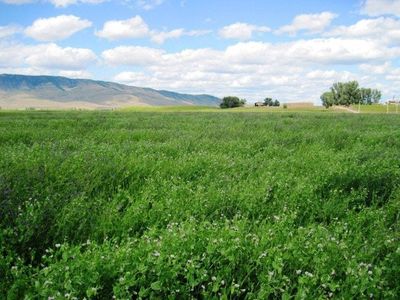Austrian Winter Pea Information
Today, Austrian winter peas are often planted agriculturally as a cover crop, or by home gardeners or backyard chicken farmers. Game hunters find that growing winter Austrian winter peas is an effective means of attracting wildlife such as deer, quail, doves, and wild turkeys. Austrian winter peas have ornamental value, and the peas are tasty in salads or stir fries. Many gardeners like to plant a few seeds in a patio container outside the kitchen door. Austrian winter pea is a cool season legume related to the familiar garden pea. The vine plants, which reach lengths of 2 to 4 feet (0.5 to 1 m.), bear pink, purple, or white blooms in spring. When used as a cover crop, Austrian winter peas are often planted with a mixture of seeds such as oilseed radishes or various types of clover.
How to Grow Austrian Winter Peas
When growing Austrian winter peas, here are some helpful tips to keep in mind: Austrian winter peas perform well in nearly any type of well-drained soil. However, the plants need consistent moisture and don’t do well in arid climates where rainfall is less than 20 inches (51 cm.) per year. Austrian winter peas are winter hardy in USDA zones 6 and above. Seeds are typically planted in autumn, after the hottest days of summer have passed. The vines may do well in colder climates if they are protected by a good snow cover; otherwise, they are likely to freeze. If this is a concern, you can plant Austrian winter peas as an annual in early spring. Look for inoculated seeds, as inoculants convert nitrogen in the atmosphere into usable form, a process known as “fixing” nitrogen, and will also promote vigorous, healthy growth. Alternatively, you can purchase inoculant and inoculate your own seeds. Plant Austrian winter pea seeds in well-prepared soil at a rate of 2 ½ to 3 pounds (1 to 1.5 kg.) for every 1,000 square feet (93 sq. m.). Cover the seeds with 1 to 3 inches (2.5 to 7.5 cm.) of soil.
